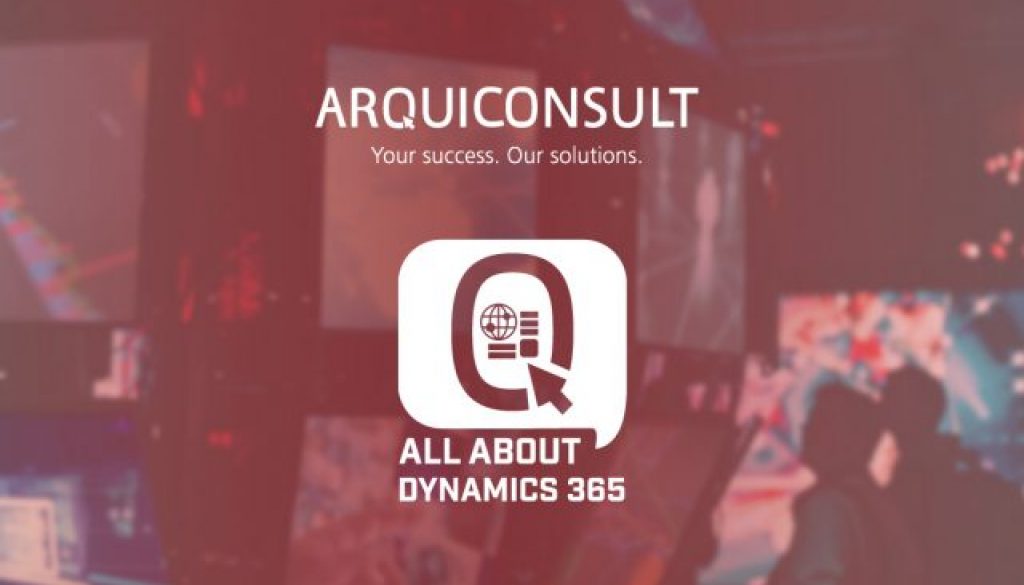MICROSOFT’S VISION: THE END OF SEPARATED FRONT-OFFICE AND BACK-OFFICE IN THE INTEREST OF YOUR CUSTOMERS
Traditionally, automating the front-office of organisations is an activity that is completely separated from automating the back-office. In many organisations, the first ERP systems were installed somewhere in the eighties, where most CRM implementations came up in the nineties. Both have separate tasks and operate in disconnected silos. While we can understand how this originated, your customers have absolutely nothing to do with that. After all, they do business with your organization – not with your front- or back-office. Today’s customers expect you to have end-to-end capabilities. So it’s high time for the integration of these two worlds!
Modern organisations all over the world are looking for the integration of their CRM and ERP systems. So why is this integration getting more important? Non-integrated systems require manual data entry, which leaps in increased order processing time and the possibility of accidental mistakes. It also creates dysfunctional business processes. As a result, you can end up with dissatisfied customers.
This all sounds logical. Nevertheless, many of the world’s top cloud vendors continue to position their apps and services around that backward notion. They deliver either stand-alone ERP solutions or stand-alone CRM solutions.
Microsoft is taking a different path here. Alysa Taylor, vice-president Industry, Apps and Data marketing was recently asked about “the relative priority of front-office versus back-office application investments.” Her answer was: “The lines between front office and back office have blurred. And that blurring is happening because the historical traditional CRM and ERP systems really never talk to one another.”
Taylor continues: “Think about how quickly every industry is evolving. Take retail. If you zoom into retail and look at curbside pickup as a service, every retailer has to offer it in this world today. But you can’t do that with just front-office systems and back-office systems because you have to be able to understand real-time inventory visibility. You have to be able to do alerts to employees on the front lines servicing the customers, and the world of digital and physical has completely merged. So you must know your customer in a virtual environment and be able to bring that into the physical environment.”
“Customer expectations are that it doesn’t matter if I interact with you online, or I interact with you in a store. I expect you to know me in either case. So you can’t have two discrete and disparate systems and two levels of service. That’s why at Microsoft we’ve moved very much into a functional model. The key and the secret to Microsoft Dynamics 365 is that we have individual services by function: sales, service, marketing, finance, supply chain, operations and commerce“, Taylor said.
“There is a common data service that threads throughout, which is what we call Dataverse. That service allows you to have your supply chain visibility seamlessly flow in through your commerce systems into your sales and into your service applications. So there are no more silos between those functions. That is our core value proposition: breaking down those traditional silos and enabling a data-first, AI-first set of applications that serve every business need.”
Do you like this new vision? And are you wondering how long your customers will accept your traditional silo approach? Then let’s start a conversation!


